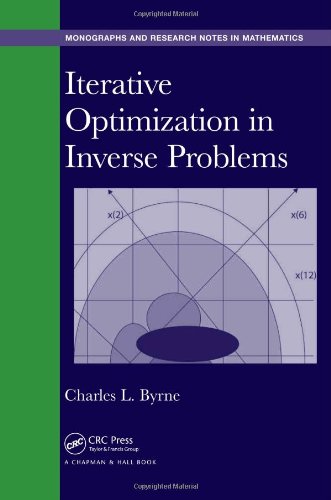

Most ebook files are in PDF format, so you can easily read them using various software such as Foxit Reader or directly on the Google Chrome browser.
Some ebook files are released by publishers in other formats such as .awz, .mobi, .epub, .fb2, etc. You may need to install specific software to read these formats on mobile/PC, such as Calibre.
Please read the tutorial at this link: https://ebookbell.com/faq
We offer FREE conversion to the popular formats you request; however, this may take some time. Therefore, right after payment, please email us, and we will try to provide the service as quickly as possible.
For some exceptional file formats or broken links (if any), please refrain from opening any disputes. Instead, email us first, and we will try to assist within a maximum of 6 hours.
EbookBell Team

0.0
0 reviewsIterative Optimization in Inverse Problems brings together a number of important iterative algorithms for medical imaging, optimization, and statistical estimation. It incorporates recent work that has not appeared in other books and draws on the author’s considerable research in the field, including his recently developed class of SUMMA algorithms. Related to sequential unconstrained minimization methods, the SUMMA class includes a wide range of iterative algorithms well known to researchers in various areas, such as statistics and image processing.
Organizing the topics from general to more specific, the book first gives an overview of sequential optimization, the subclasses of auxiliary-function methods, and the SUMMA algorithms. The next three chapters present particular examples in more detail, including barrier- and penalty-function methods, proximal minimization, and forward-backward splitting. The author also focuses on fixed-point algorithms for operators on Euclidean space and then extends the discussion to include distance measures other than the usual Euclidean distance. In the final chapters, specific problems illustrate the use of iterative methods previously discussed. Most chapters contain exercises that introduce new ideas and make the book suitable for self-study.
Unifying a variety of seemingly disparate algorithms, the book shows how to derive new properties of algorithms by comparing known properties of other algorithms. This unifying approach also helps researchers—from statisticians working on parameter estimation to image scientists processing scanning data to mathematicians involved in theoretical and applied optimization—discover useful related algorithms in areas outside of their expertise.